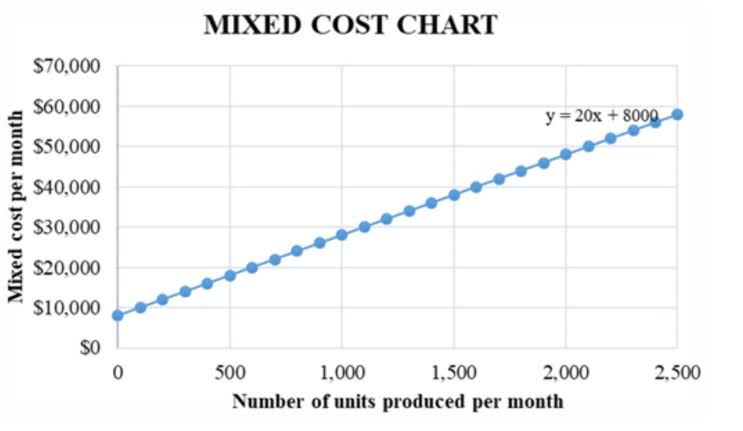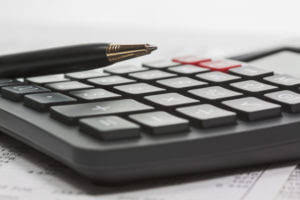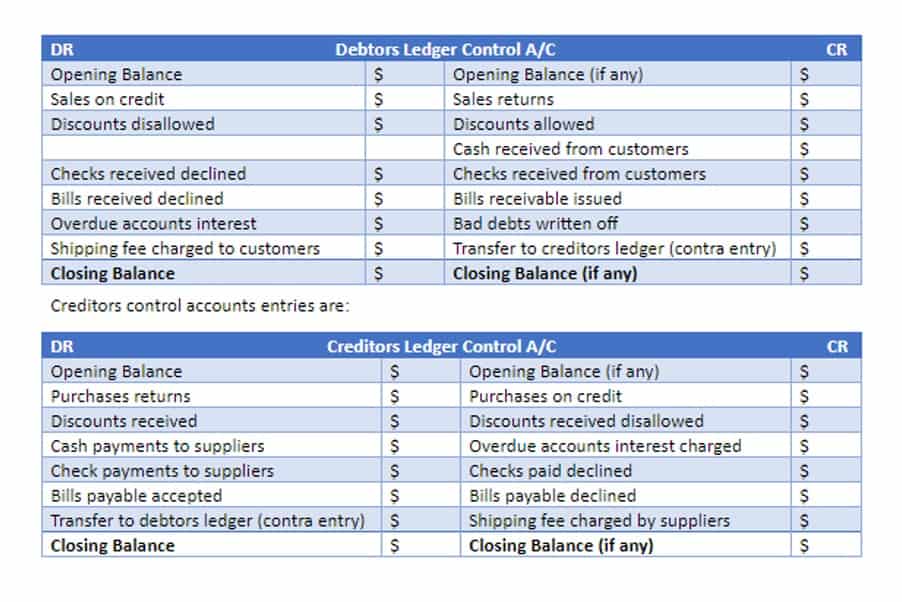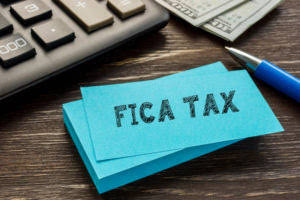
Let’s explore how to calculate cash flow and perform a cash flow analysis for your rental property so you can see where you can make more money. After all, a big reason you’re probably in this business is to get a return on investment, and cash flow is a major factor in the buy-and-hold investment strategy. Given its importance in determining returns, investors are strongly incentivized to maximize the amount of cash flow a property produces. To summarize, any sort of income that a property produces, either from rent or other means Coffee Shop Accounting can increase cash flow. With this in mind, there are a number of strategies that investors can employ to increase cash flow.

What is Cash Flow in Real Estate?
Non-compliance can result in fines, penalties, or legal disputes ledger account that impact cash flow. Stay informed about local laws, landlord-tenant regulations, and property-related compliance requirements to avoid potential legal issues. Capital improvements, such as substantial upgrades or additions that enhance a property’s value or extend its useful life, directly influence cash flows and property valuation, shaping IRR. Timing, scale, and financing of these expenditures are critical to accurately projecting returns.

Repairs and Maintenance

This passive income can enable individuals to achieve their financial goals and have more time for other pursuits. Investing in cash flow real estate offers a way for individuals to generate passive income and build wealth over time. For real estate investors, positive cash flow is a measure of profitability and directly linked to return on investment. Market rents and debt service have the most impact on real estate cash flow.
- If you’re not making money on an investment, you contradict the entire point of investing in the first place.
- Conversely, sluggish markets with extended vacancies can delay cash inflows and lower IRR.
- The following chart shows a simplified calculation for the monthly cash flow of a fully occupied triplex.
- With over five years of experience as a real estate operations executive at a growing brokerage in New York City, she brings a wealth of industry knowledge.
- This investment is crucial when planning and budgeting for your property’s capital expenditures.
- At an apartment building, for example, this could include parking revenue, pet fees, laundry fees, storage locker fees, and more.
What Is the LCR Meaning in Finance and How Is It Calculated?
It all starts with choosing a sensible location for cash-flow-positive properties, selecting the right type of investment for that area, and employing a long-term strategy. Your operating expenses will likely include property taxes, insurance, maintenance and repairs, property management fees, homeowners association fees, what is cash flow in real estate utilities, and vacancy costs. You might also set aside some amount for capital expenditures (e.g., a new roof, new air conditioning systems, etc.) in your gross expenses. Growing and diversifying your investment portfolio is key to building wealth in real estate.
At its core, cash flow refers to the net income generated from rental properties after deducting all expenses and debt service. It gives investors a clear picture of how much money flows in and out of their investments regularly. Cash flow real estate investments have the potential to generate enough passive income to allow for early retirement.

